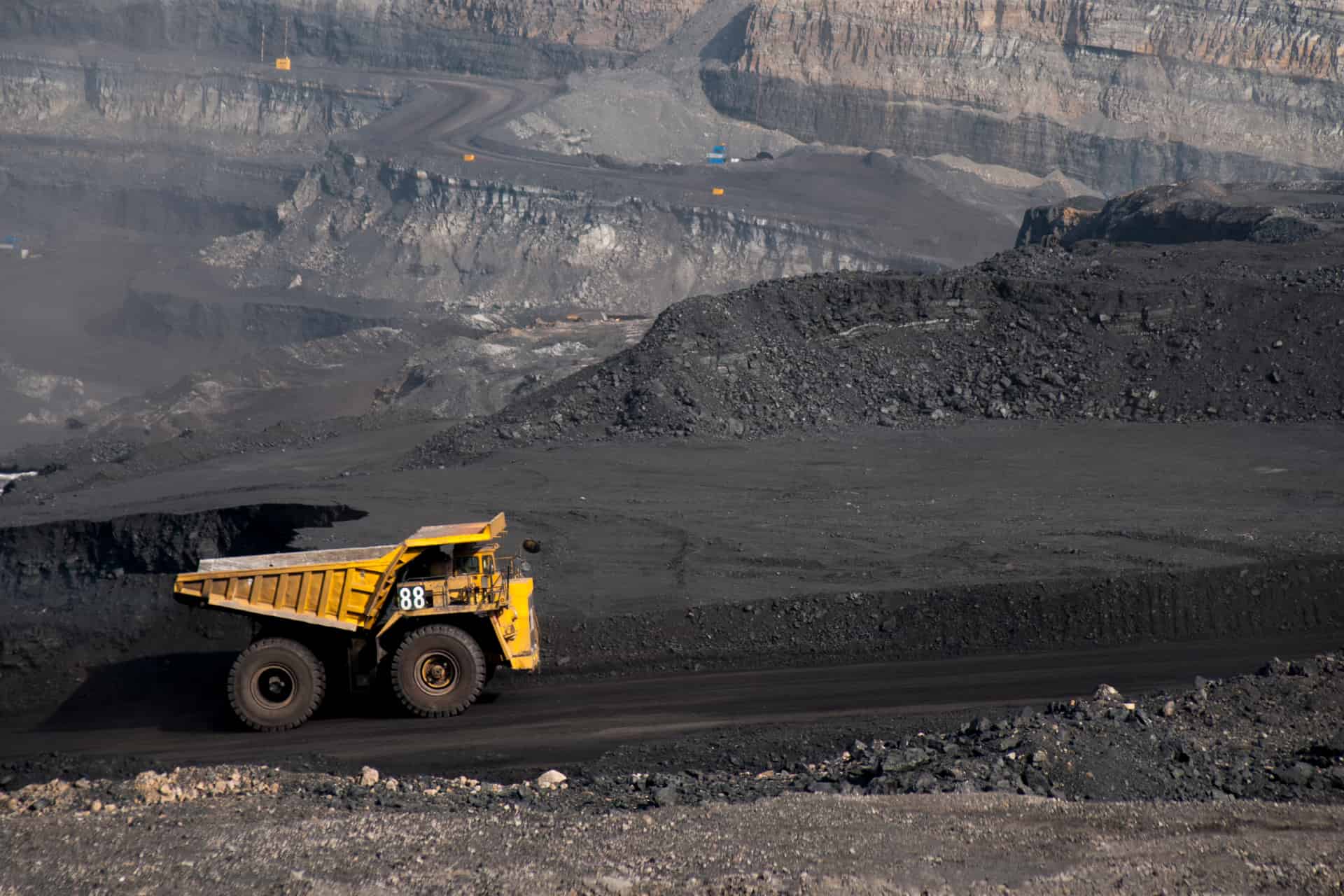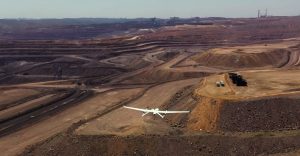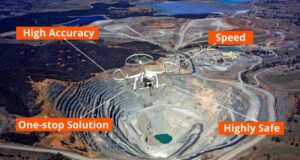Introduction
In recent years, the mining industry has witnessed a transformative shift in exploration techniques with the introduction of drone technology. Drones, also known as Unmanned Aerial Vehicles (UAVs), have emerged as a game-changer in mining exploration, revolutionizing the way mining companies approach surveying, mapping, and data collection. This article explores the various ways drones are reshaping the mining sector, enhancing efficiency, safety, and accuracy in mining operations.
The Advent of Drones in Mining
1. Exploring Inaccessible Terrains
Drones have the unique capability to access remote and rugged terrains that were previously difficult or dangerous for humans to explore. Equipped with high-resolution cameras and sensors, drones can fly over difficult landscapes, providing detailed visual data and insights that aid in identifying potential mining sites.
2. Rapid and Cost-Effective Surveying
Traditional surveying methods involved substantial time and resources, often delaying mining projects. With drones, mining companies can now conduct aerial surveys in a fraction of the time, reducing costs and accelerating project timelines.
Drones Enhancing Mining Efficiency
3. 3D Mapping and Modeling
Using advanced LiDAR and photogrammetry technology, drones can generate highly accurate 3D models and maps of mining sites. This level of detail allows engineers and geologists to plan operations with precision, minimizing wastage and optimizing resource extraction.
4. Real-Time Data Collection
Drones equipped with various sensors can capture real-time data on factors like topography, geology, and environmental conditions. This continuous monitoring ensures that mining companies have up-to-date information to make informed decisions, improving overall operational efficiency.
5. Improved Safety
Mining operations can be hazardous for workers. Drones can be employed for safety inspections, monitoring unsafe areas, and assessing potential risks. By reducing human exposure to dangerous situations, drones contribute to enhanced safety standards in the mining industry.
Drones and Environmental Impact
6. Reducing Footprint
Drones play a vital role in mitigating the environmental impact of mining operations. By enabling precise planning and monitoring, they help minimize land disturbance and ensure responsible extraction practices.
7. Environmental Monitoring
Drones equipped with specialized sensors can monitor air and water quality, helping mining companies comply with environmental regulations and proactively address ecological concerns.
Overcoming Challenges and Harnessing Potential
8. Data Analysis and Interpretation
The vast amount of data collected by drones requires advanced analytical tools for meaningful interpretation. Mining companies are investing in AI and machine learning technologies to process this data efficiently and gain valuable insights.
9. Regulatory Hurdles
The adoption of drone technology in mining faces regulatory challenges in some regions. Collaborative efforts between the industry and government bodies are crucial to establish clear guidelines and frameworks for drone usage.
Conclusion
Drones have ushered in a new era of efficiency in drones for mining exploration, reshaping the industry and its approach to data collection, safety, and environmental responsibility. The application of drone technology in mining has not only improved productivity and cost-effectiveness but also contributed to sustainable practices. As technology continues to advance, the mining sector can anticipate even greater benefits from these aerial marvels.



